Heat Cables For Roofs
If you have a metal roof make sure that the heating cables are meant for a metal roof. Heat cable is applied by looping it back and forth in a zig-zag pattern along the edge of the roofline and gutters.
 Heated Gutter Cable Installation Easy Heat Cables Youtube
Heated Gutter Cable Installation Easy Heat Cables Youtube
If your heat cable doesnt ship with the clips needed to secure it to the roof youll need to spend a few extra dollars for this hardware.

Heat cables for roofs. Self-regulating electric heating cable is perfect for heating your roof andor gutter as it is designed to maintain temperatures up to 150F 65C and can withstand temperatures up to 185F 85C. Here at Danfoss we pride ourselves on producing high quality engineered electric heating systems designed to improve the comfort safety and quality of daily living and aid in the conservation of energy. Heat cables also known as heat tape heat wire or roof ice cables are heated cables that can be attached to your roof.
Roof deicing cables run on electricity which is an expensive way to generate heat. A hydronic roof-melt system uses heated-glycol tubing in our panels instead of electric cables. The roof heat cables should be warm to start melting immediately when snow is.
The Danfoss ice and snow melting cable portfolio includes snow ice melting cables pipe tracing cables and roofgutter de-icing cables. These cables are set up in a zigzag pattern and fed through the gutter and downspout. For premium cables with added safety features you pay between 150 and 4 per foot.
Heat cables melt channels through already-formed ice dams to minimize ice buildup. The same basic rules apply to installing heat cable on metal roofs as for standard asphalt shingle roofs ie cable pattern clip locations etc. The average cost to install 100 feet of heat cable on the roof only is about 300-400 labor only excludes materials.
Heat Cable Function. Operation Costs of Heating Cables. For cables of less than 50 feet of length expect to pay 2 to 4 per foot.
The cables should be turned on when snow is expected perhaps an hour or two before snow starts falling. Installers around the country have used the same method for installing heat cable on metal roofs for years. This is true for both the zig zag style of installation or when radiant roof panels are used.
Heat cables are attached to a metal roof with special mini clamps that fasten securely to the nail strips on metal roofs. A roof de-icing system comes with. These are different than the clips used on asphalt roofs.
Beyond 50 feet in length high-end heat cables range from 150 to 3 per foot. A de-icing cable also known as roof heating cables electric roof de-icers and heat tapes is an electric heat cord that gets clipped onto the top of your roof. While this is good in theory it rarely works as planned.
Heat-trace cables installed on roofs are supposed to melt excessive ice buildup at the eaves and help prevent the problems you have experienced. The problem last winter and other years with heavy snow cover and frequent freezethaw cycles is a heavy accumulation of snow on the roof. However those systems are more expensive to purchase and install.
Some cabling systems are self-regulating meaning that they generate more heat as the temperature drops and cycle on and off as needed in order to minimize the hit to your budget. They are self-regulating and come with a 120V plug-in feature that ensures efficiency. Basic heat cables cost between 50 cents to 2 per foot.
Heat Tape Pro Plug-In Self-Regulating Roof Heat Cable This cable is a durable heavy-duty deicing cable that offers long-term roof protection from the effects of ice dams. The primary difference is the type of roof clip and how they are installed. When you add materials at the price of about 2sqft you are looking to spend about 200 for 100 feet of cable.
While it may seem like the perfect solution to ice dam formation heat cables come with quite a few disadvantages as well. The cable is available in many sizes and weighs only two pounds. If you have problems with ice building up on the eaves of your home and forming ice dams running heat cables in problem areas may seem like a great solution to help melt the ice.
Most roof heating cables sold are designed for asphalt roofs. Roof Gutter Heat Trace Cables Commercial Grade and Self-Regulating Engineered Roof Deicing Heat Trace Cable is perfect for use with heating your roof andor gutter Back to Residential Products. It is used for commercial and residential applications for metallic and non-metallic roofs downspouts and gutters.
Heat cables can be installed to minimize ice formation and retention on roofs. When plugged into an electrical supply the cable warms up enough to prevent melting snow from freezing when it reaches the overhang area of the roofline. With them you can prevent a lot of damage to your roof that can result from the buildup of ice dams.
 Roof Heating Cables Doityourself Com Community Forums
Roof Heating Cables Doityourself Com Community Forums
 Heat Cable Reviews The Heat Cable Store
Heat Cable Reviews The Heat Cable Store
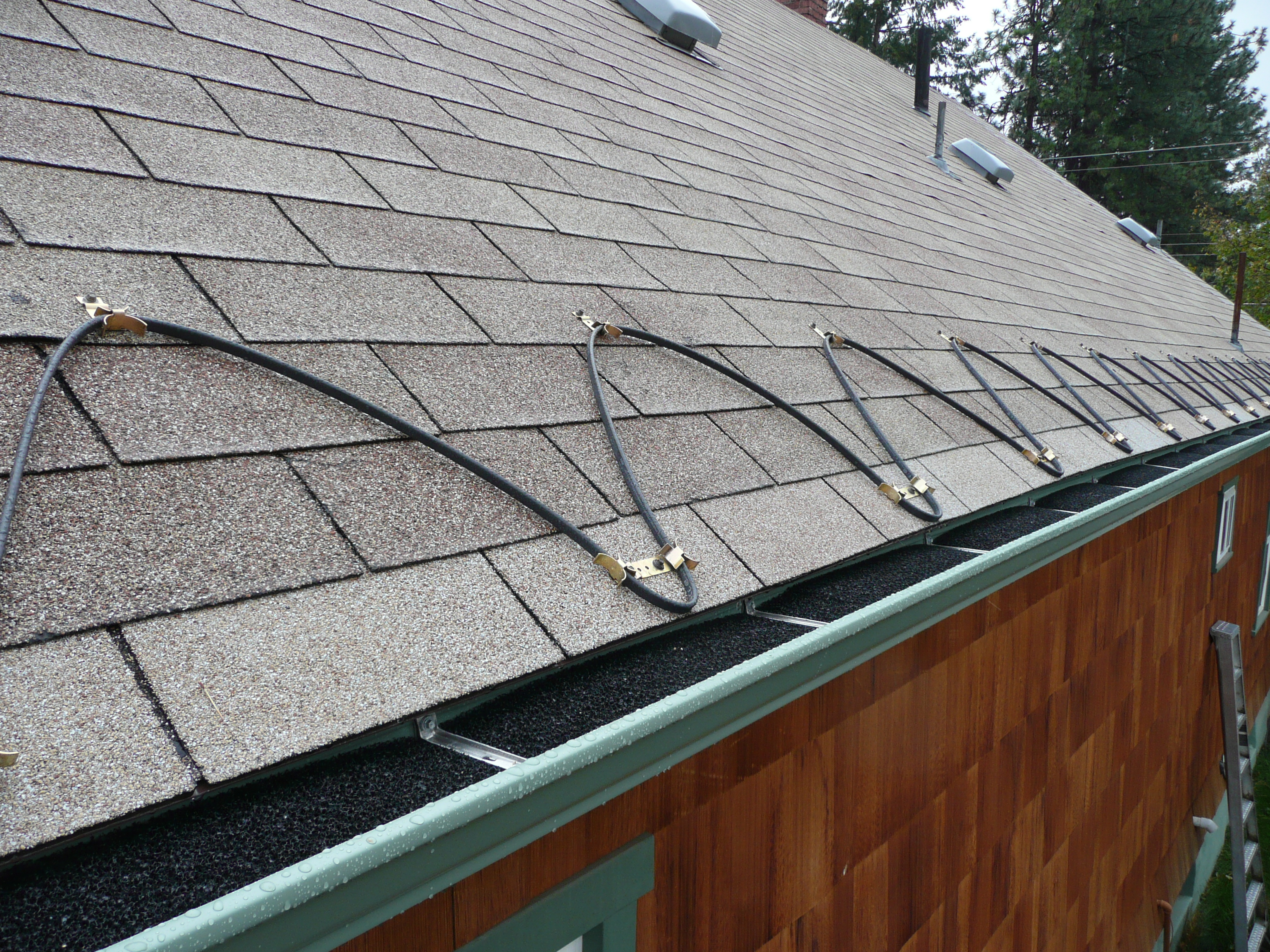 Zig Zag Roof Heat Cables Heat Trace Specialists
Zig Zag Roof Heat Cables Heat Trace Specialists
 The Best Heat Cable For Roofs And Gutters Chicago Tribune
The Best Heat Cable For Roofs And Gutters Chicago Tribune
 Heating Cable Roof Gutter By Heat Tracing Sales
Heating Cable Roof Gutter By Heat Tracing Sales
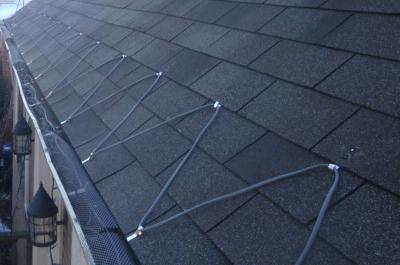 Should You Install Heat Cables To Prevent Ice Dams Minnpost
Should You Install Heat Cables To Prevent Ice Dams Minnpost
 Deicing Roof Heat Cable Ice Dams Roof Water Damage
Deicing Roof Heat Cable Ice Dams Roof Water Damage
/Roof_heating_cable-5c4f3cb446e0fb0001a8e91d.jpg) How To Install Roof Heat Cable On Your Roof
How To Install Roof Heat Cable On Your Roof
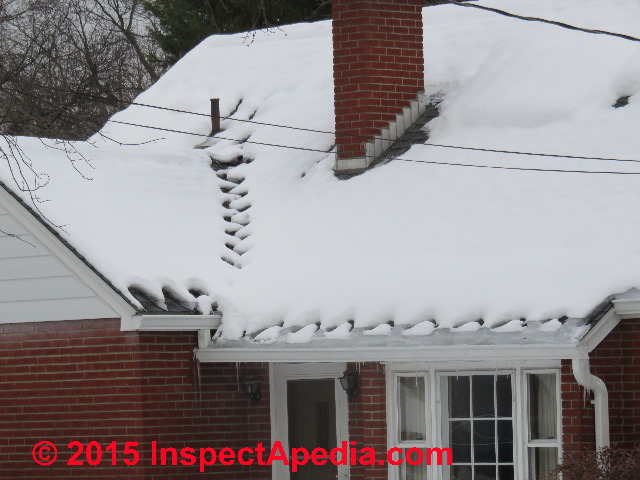 Stop Roof Ice Dam Leaks Use Of Heat Tapes On Roofs To Prevent Ice Dam Leaks In Buildings Use Of De Icing Electric Cables On Roof Edges To Stop Or Prevent Ice Dam
Stop Roof Ice Dam Leaks Use Of Heat Tapes On Roofs To Prevent Ice Dam Leaks In Buildings Use Of De Icing Electric Cables On Roof Edges To Stop Or Prevent Ice Dam
 Amazon Com Grip Clip Heat Tape Pro For Ice Dam Prevention Heavy Duty Self Regulating Plug In Ready Heat Cable 120v 6 Watts Ft 10 Foot Cold Lead 100 Feet Garden Outdoor
Amazon Com Grip Clip Heat Tape Pro For Ice Dam Prevention Heavy Duty Self Regulating Plug In Ready Heat Cable 120v 6 Watts Ft 10 Foot Cold Lead 100 Feet Garden Outdoor
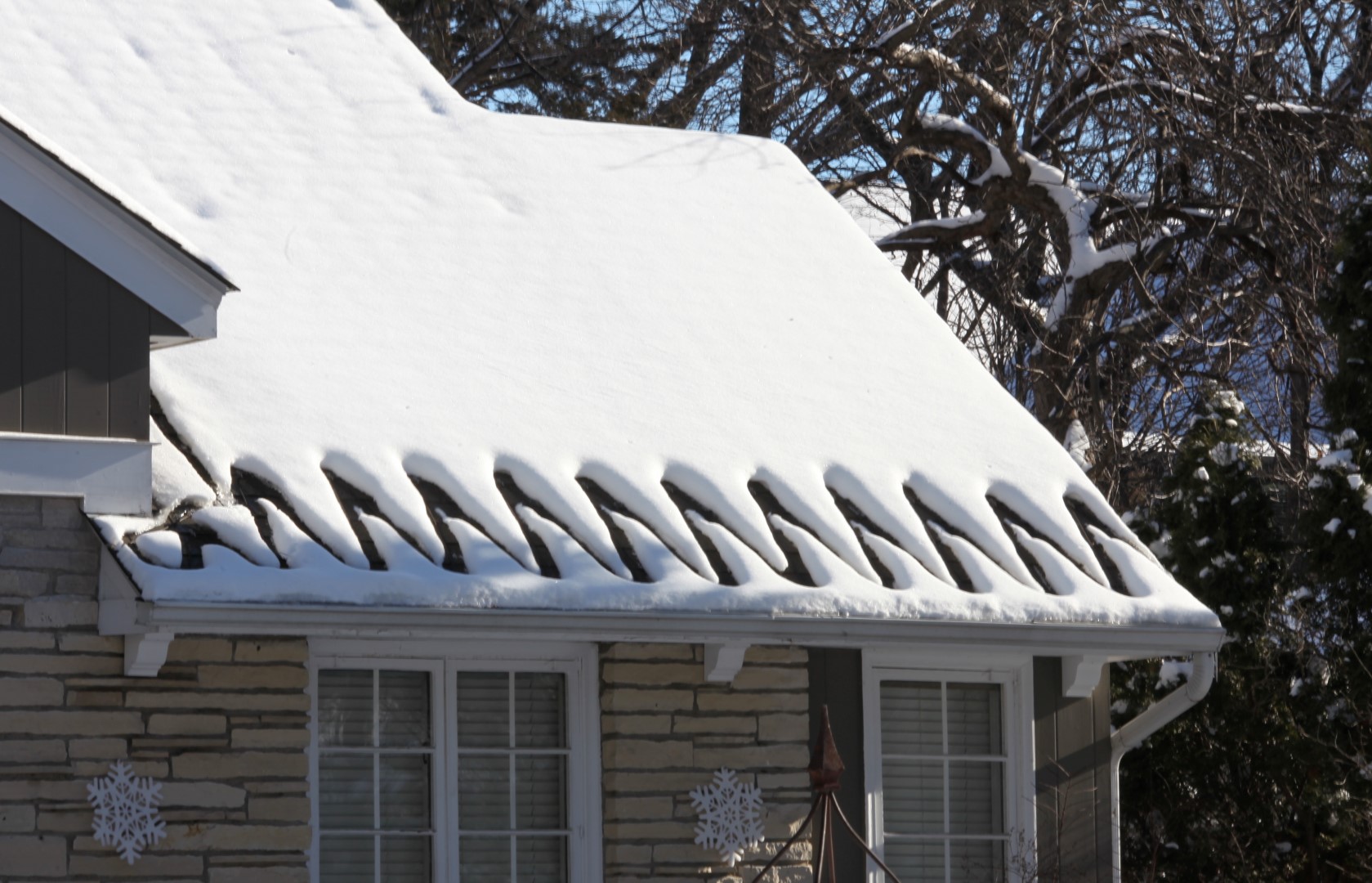 Should You Install Heat Cables To Prevent Ice Dams Star Tribune
Should You Install Heat Cables To Prevent Ice Dams Star Tribune
Heat Cables Roof Deicing Madison Sun Prairie Deerfield Fitchburg Wi
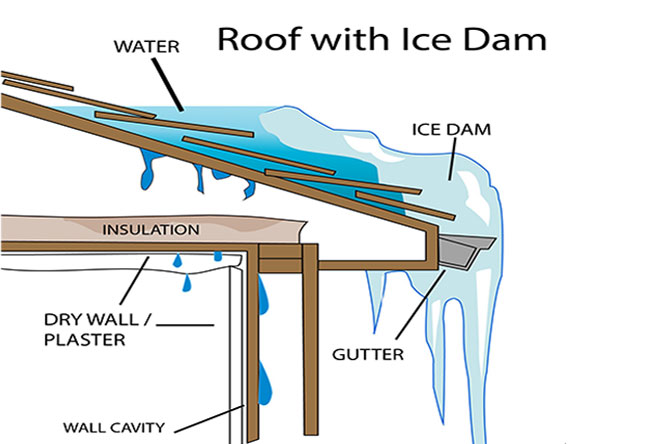 Roof And Gutter Deicing Cable Solutions That Prevent Building Damage
Roof And Gutter Deicing Cable Solutions That Prevent Building Damage

Comments
Post a Comment